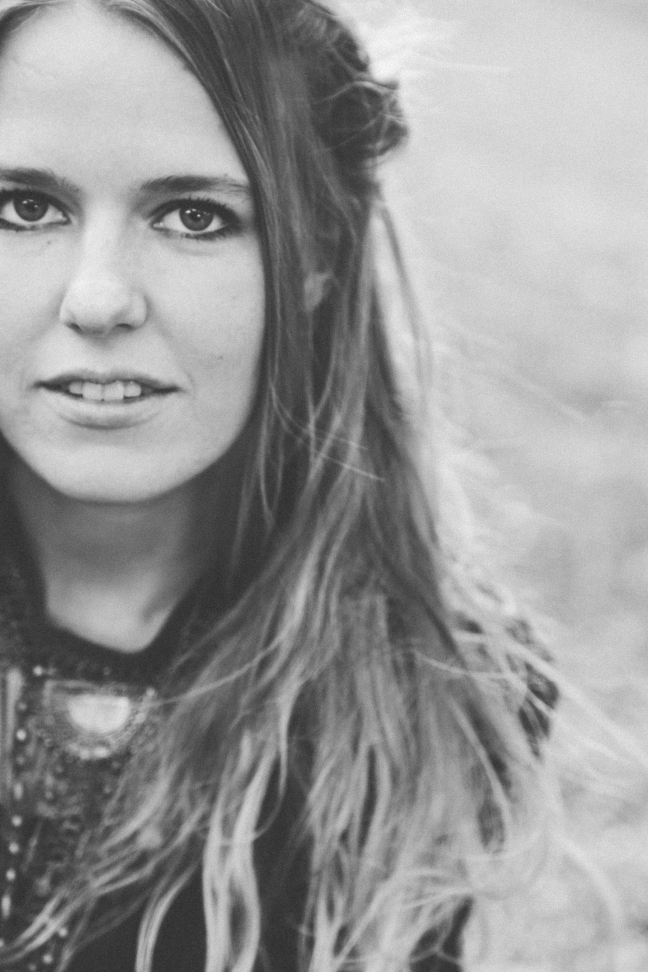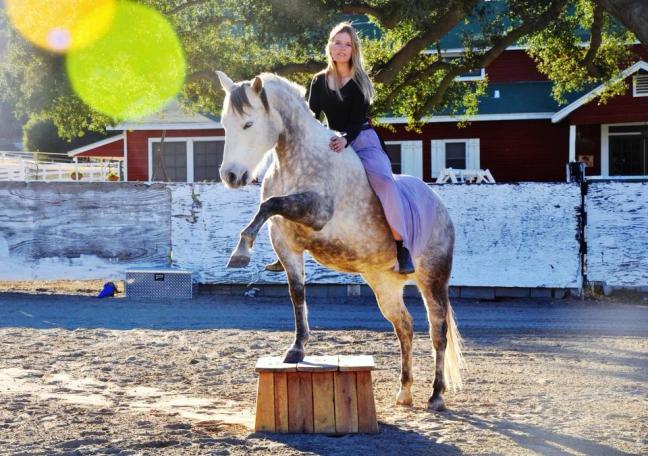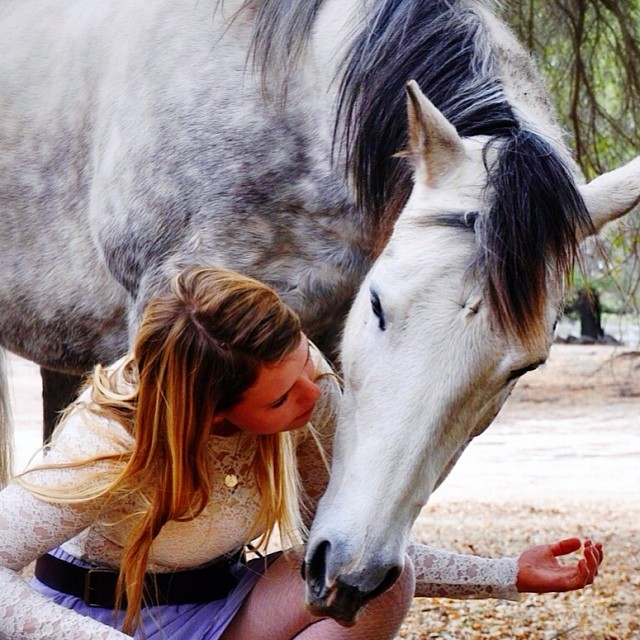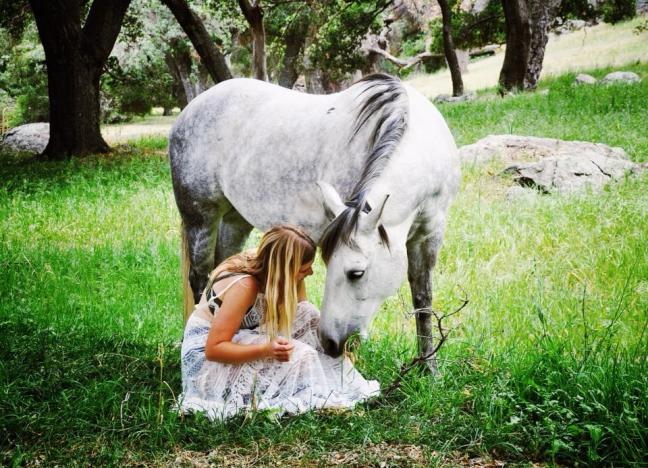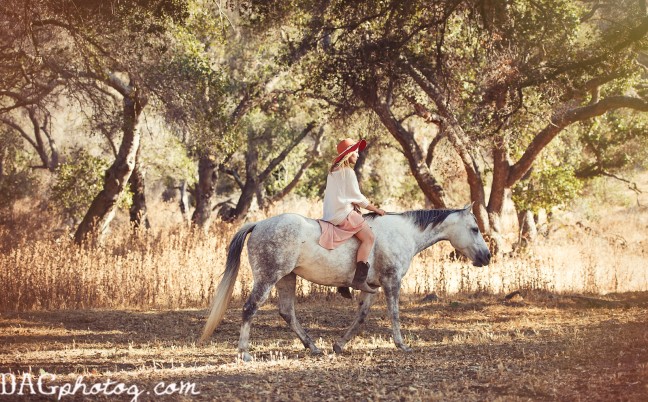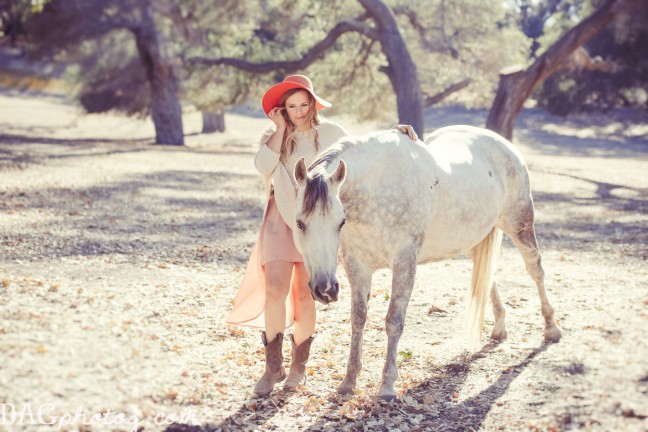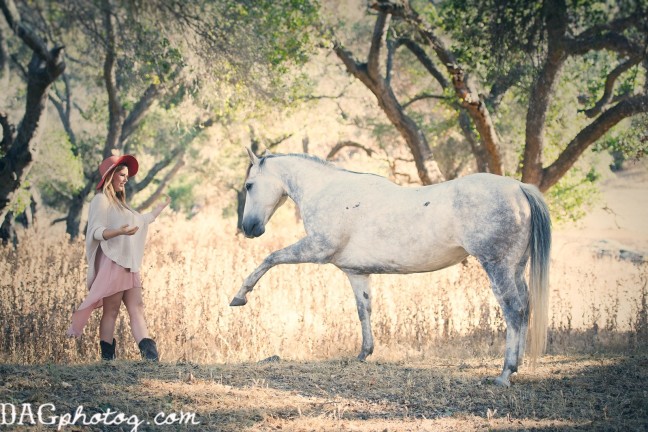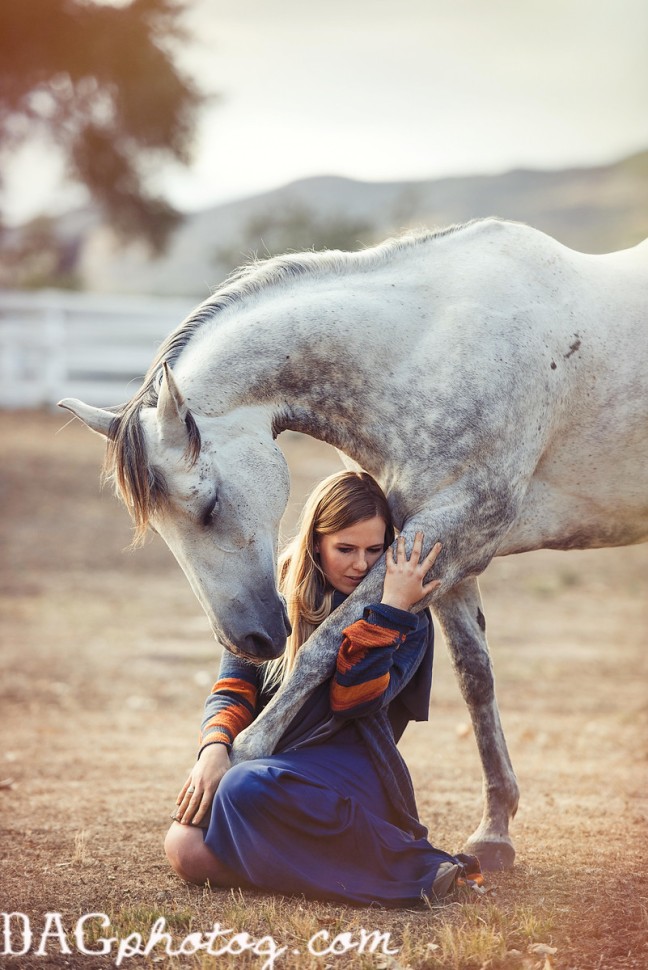I have been been very interested in lucid dreaming recently. Well, I’ve always been interested in lucid dreaming and all dreaming really, but these past few months I’ve been really focusing on lucidity.
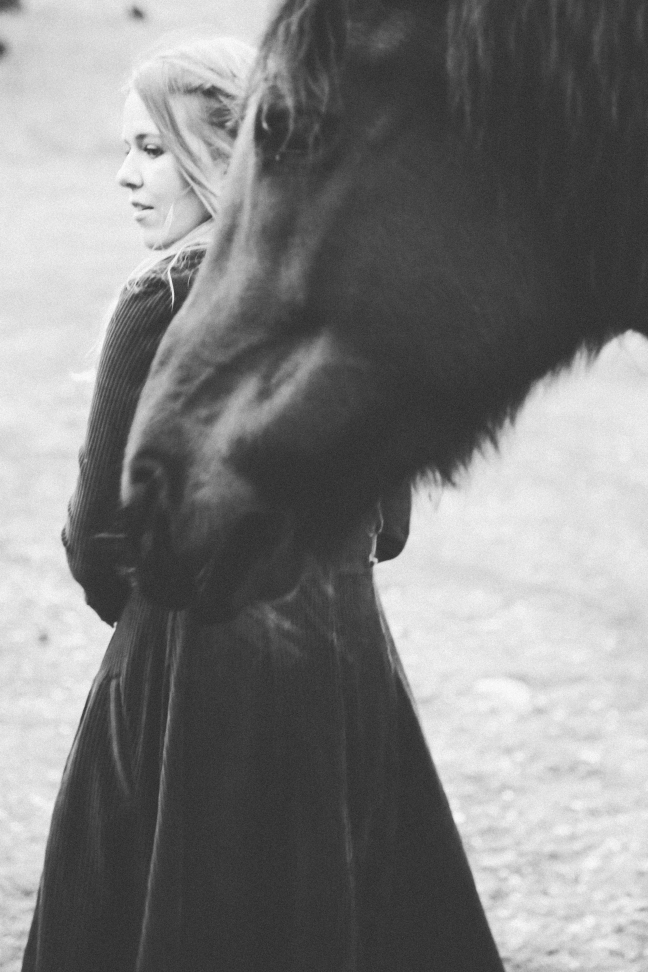
It amazes me to see how far I’ve come in my lucid dreaming, particularly in regards to flying while dreaming and how the lessons of the dream world it relate to the waking life. When I first began actively trying to lucid dream, I always found flying to be quite difficult. The more I wanted to lift off the ground, the heavier my legs became. It felt as though I was walking through tacky puddy whenever I tried to take off into the air or simply move faster. Finally after much frustration I was able to find a way to fly through the sky, but it took the help of another object to do it. For example, I would often dream up a flying carpet and allow it to pick me up and fly me away. I couldn’t fly on my own, but at least I was soaring! There are no rules in the dream world – Gravity is not the force keeping you pinned to the ground – it’s all solely you perception, yet for a long time I had to project my own power into another object in order to get around off the ground. It was still incredibly blissful to fly away on that magic carpet, but I knew in order to fly on my own, I needed to let go of the limitations I had made up in my mind. My own thoughts were the only things keeping me back.
Now a couple years later, because of this struggle early on, I am pretty much a master at flying in my dreams, if I do say so myself. 😉 Perhaps I am not a master – but at least I am the master of my own perception (most of the time). I worked in many dreams to change my view until I finally figured out how to free myself of the make-believe limitations I had put on myself. I could fly anywhere as fast as I wanted without the help of any other dream object. It is simply blissful! I’ve gotten quite good at it, and it’s my favorite dream-life hobby. The other night I even taught another dream character how to fly… And the explanation I gave to her got me thinking about the deeper lesson behind what I was teaching.
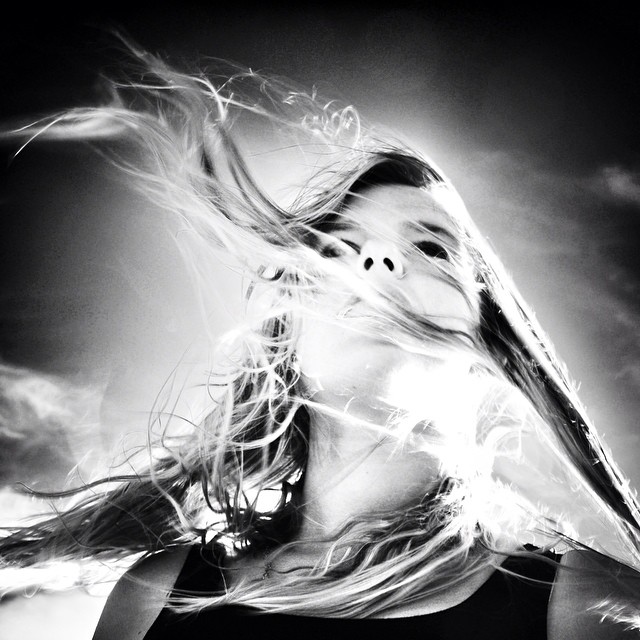
To fly in a dream, you must let go. You must have faith that you can move yourself where ever you wish – alter reality however you wish – and simply allow yourself to move without resistance. As soon as you doubt your power, you put a limitation on yourself that doesn’t actually exist except for in your perception, and you cannot fly. If I am standing in a grassy meadow in my dream and I want to fly to the top of a near by tree, I must only focus my attention on the top of the tree and trust that I can make it there. Then I let my resistance go and allow it to happen. The problem before was that I used to struggle to get moving; I used to focus so much on the “how” that I stopped my natural instinct to “let it happen” – to let my focus and intention lead the way. I was more focused on lifting off, getting momentum, flapping my arms as wings, whatever odd move I could do to get myself closer to the tree, all the while becoming discouraged that I would never find a way. My focus then shifted to how limited I felt… And so my dream scape began to limit me. I mentally limited myself in a way that very much effected my dreaming reality.
I think of the dream world as a realm of immediate manifestation – a world designed completely by our conscious and subconscious thoughts. They say in the waking world that we create our own reality – but what does that really mean? In the dream world, we see the power of our thoughts instantaneously. We create our own reality right in front of our eyes. Just like in waking life, usually when we enter a dream, we are not in control of the situations happening around us – but our thoughts, intention, and focus in the dream can completely alter the events taking place. We can either be chased by monsters through sticky puddy (typical stress dream), or we can take off and fly far above our fears, giving us a new angle and perspective. The choice is completely yours, even if it doesn’t seem to be a conscious choice in the dream or waking life – if you are aware enough, lucid enough, it always is. The dream-scape is a great metaphor, a mirror really, for our waking perception. When I learned how to fly effortlessly in the dream world, I came to deeply understand just how powerful my thoughts are – how they shape my reality both in sleeping and waking life.
I’m reading a book right now called ‘Lucid Dreaming – Gateway to the Inner Self’. Within the first couple chapters, Robert Waggoner basically touches on all of these ideas that have been floating through my mind ever since I taught that dream character how to fly. I came across a quote today that I feel explains the power of thoughts and focus in the dream-scape:
“When you focus on your goal, you attract your goal. When you focus on fears, you attract your fears. In a mental space, your focus matters because it naturally draws you to the area of your focus.”
This lesson really comes into play when dealing with anxious thoughts and worries in waking life as well. Anyone who has experienced either of these knows that it can feel like a downward spiral of fear as soon as you get too involved with worrisome thoughts. By changing our thoughts, we not only change our perception but also influence our reality. While results of our thoughts may not be as immediate in waking life as they are in the dream world, still their power can be seen if you are aware, especially when working with horses!
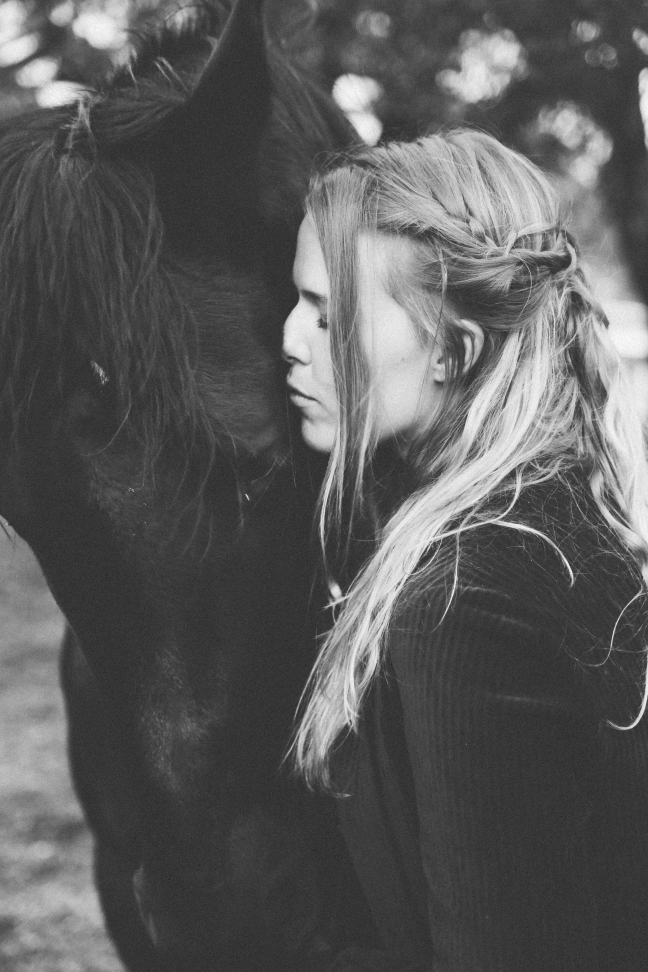
Horses – they are so in tune. They usually know what you are thinking before you do, and your frame of mind and intention really influences their actions and reactions. If you are aware of their subtleties, horses will show you just how powerful thoughts can be. Focus and intention are languages to the horse – they have a far greater understanding of the power within these subtleties than we do. Horses are ideal role models to those who wish to explore the power of thought and intention. Just like dreams, horses are a great way to explore deeper parts of yourself you were never aware of – they peal away our layers, giving us a glimpse into who we truly are.
Lucid dreaming has helped my find my power and uncover my true strength. My power doesn’t come from putting others down or controlling them or using them… My power comes from recognizing my own inner strength. Like in dreaming, do I believe I’m going to fall, or do I know that I can fly? The choice is mine.
